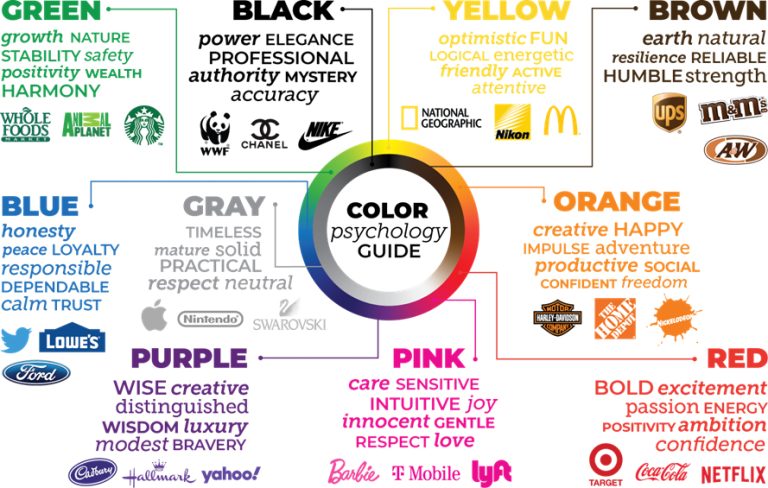
Branding and Design Nugget: The Power of Color Psychology in MarketingBranding and Design Nugget: The Power of Color Psychology in Marketing Color is an integral part of brand identity and design, wielding a profound psychological impact that can sway consumer perception and behavior. Understanding the psychology behind colors can unlock a world of strategic marketing opportunities. 1. Emotional Association: Colors evoke specific emotions in humans. For instance: * Red: Passion, energy, excitement * Blue: Trust, reliability, tranquility * Green: Growth, prosperity, freshness By selecting appropriate colors, brands can tap into these emotions and create desired associations with their products or services. 2. Cultural Significance: Colors have different meanings across cultures. For example: * In China, red symbolizes good luck, while in some Western cultures, it is associated with danger. * In India, green is often linked to wealth, while in Egypt, it represents fertility. Understanding cultural nuances is crucial for global brands to resonate with target audiences. 3. Attention-Grabbing: Bright and contrasting colors, such as neon hues or a combination of red and yellow, are highly visible and attention-grabbing. They can be used to highlight important information or draw customers to a product. 4. Impact on Purchasing Decisions: Studies have shown that color can influence purchasing decisions: * Warm colors (e.g., red, orange) evoke feelings of warmth and comfort, making them suitable for products that evoke emotions (e.g., food, candles). * Cool colors (e.g., blue, green) convey trust and reliability, ideal for financial or technology products. 5. Brand Recognition: Consistent use of specific colors can enhance brand recognition. When customers see a certain color combination or tone, they immediately associate it with a particular brand (e.g., Coca-Cola’s red, Starbucks’ green). Conclusion: Color psychology is a powerful tool that marketers can harness to evoke desired emotions, influence purchasing decisions, and build strong brand recognition. By understanding the psychological impact of colors, brands can create visually appealing and emotionally resonant designs that captivate their target audiences.
Posted inNews